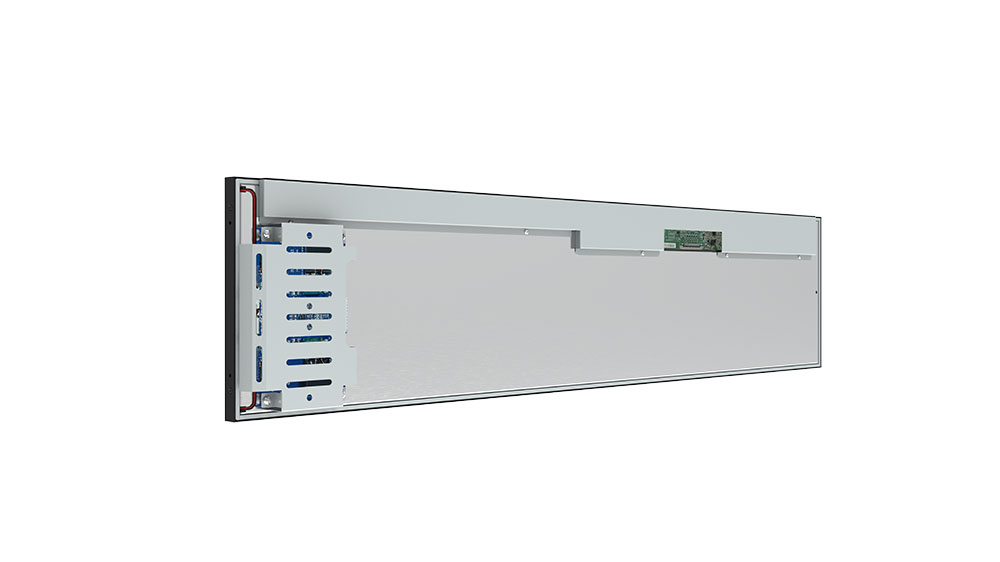- Home
- About Us
- Products
- News
- Video
- Contact
- Send Inquiry
Search
- Home
- About Us
- Products
- News
- Video
- Contact
- Send Inquiry

High-brightness sunlight-readable LCD screens are critical components in modern outdoor display systems, especially in industrial, military, automotive, and transportation environments where visibility under direct sunlight is essential. These displays must maintain clarity, contrast, and color accuracy even when exposed to solar irradiance exceeding 100,000 lux—a condition that renders standard LCDs unusable due to washed-out images and poor contrast.
The core of sunlight-readable LCD technology lies in maximizing brightness (typically 5,000 to 10,000 nits) while optimizing contrast ratios through advanced backlighting, polarizer design, and anti-reflection coatings. For example, the U.S. Department of Defense (DoD) mandates that military-grade displays meet MIL-STD-810G standards for environmental durability, including high-temperature operation and resistance to vibration—factors that directly impact display performance under extreme conditions. According to a 2023 study published by IEEE Transactions on Industrial Electronics, sunlight-readable LCDs using LED-based edge-lit backlights with diffuser films and micro-louvered polarizers achieve up to 30% better readability in full sunlight compared to traditional CCFL-backlit models.

Case studies from leading manufacturers such as Cogent, ELO Touch Systems, and LG Display confirm that integrating ambient light sensors (ALS) enables dynamic brightness adjustment—reducing power consumption by up to 40% during low-light conditions while maintaining peak brightness when needed. This adaptive feature is particularly important for battery-powered devices like handheld field computers used in agriculture, logistics, and utility maintenance. A field trial conducted in Phoenix, Arizona, demonstrated that a 7-inch sunlight-readable LCD mounted on a construction site tablet maintained 95% readability at noon under direct sunlight, whereas a standard 300-nit display was unreadable.
In addition to brightness and contrast, optical technologies such as transmissive polarizers, reflective layers, and anti-glare coatings play pivotal roles. For instance, Corning’s Gorilla Glass 6 with integrated anti-reflective coating reduces surface reflectivity to less than 1%, significantly improving readability. Meanwhile, the use of high-efficiency LEDs—such as those from Cree or Osram—enables uniform illumination across the screen, eliminating hotspots that degrade image quality.
Standards like ISO 11452-2 (for electromagnetic compatibility in vehicles) and IEC 60068 (environmental testing) ensure these screens can operate reliably in harsh settings—from desert heat to arctic cold. In public transportation, such as buses in London or subway systems in Tokyo, sunlight-readable LCDs have replaced older CRT-based displays due to their compact size, energy efficiency, and superior performance in bright environments.
Ultimately, the evolution of high-brightness sunlight-readable LCDs is driven by both technological innovation and real-world demand. As global industries increasingly rely on ruggedized digital interfaces for remote operations, the ability to read information clearly under any lighting condition remains a non-negotiable requirement—not just a feature. The integration of AI-driven brightness optimization, enhanced materials science, and scalable manufacturing processes will continue to push the boundaries of what's possible in outdoor display technology.